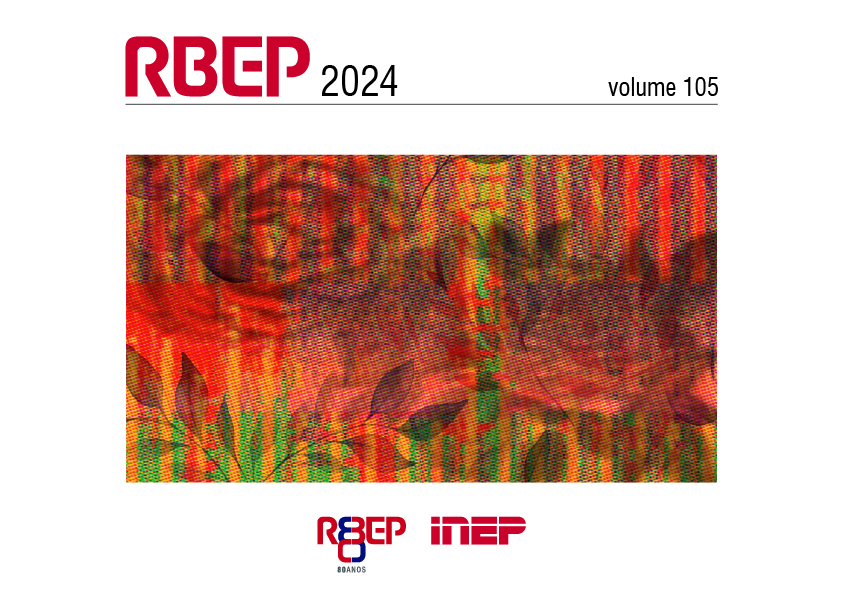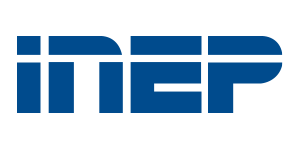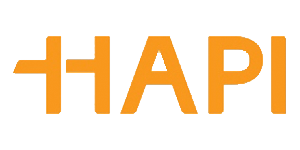Cross-cultural adaptation of the Learning Object Review Instrument for its application in Brazil
Abstract
Learning objects are materials intended to facilitate learning, therefore evaluating their effectiveness is crucial to ensure their quality. The main purpose of this study is to translate and cross-culturally adapt the Learning Object Review Instrument (LORI) for its use in Brazil. A methodological, cross-sectional study of cross-cultural adaptation was carried out. The first stage consisted of a translation, back translation and its submission to a bilingual committee of specialists, in which semantic, idiomatic, cultural and conceptual equivalence were analyzed. The second stage comprised of a pre-test with teachers who employ learning objects. Participant profiles were summarized in absolute and relative attendance and measures of central tendency and dispersion. Clarity and cultural adequacy were analyzed through absolute and relative attendance, while Mann-Whitney U tests were used in discrepancies between groups. Of the 34 participating teachers, 14 (41.2%) were male and 18 (58.8%) were female, averaging 41.9 years old (SD = 10.2). For those with an average working time of 9.0 years (IIQ = 10.0), 47.1% had a doctoral degree, 47.1% were employed in Health Sciences, and 61.7% worked in the private education sector. Most of the LORI aspects were considered clear. Only two items did not reach 80% clarity, namely “content quality” and “feedback and adaptation”. In conclusion, the instrument displayed a content validity index to assess learning objects.
Downloads
Copyright (c) 2024 Brazilian Journal of Pedagogical Studies

This work is licensed under a Creative Commons Attribution 4.0 International License.
Once their work is accepted for publication, author’s copyrights are automatically relinquished to the National Institute for Educational Studies and Research Anísio Teixeira (Inep).
Since 2016, the journal Revista Brasileira de Estudos Pedagógicos (RBEP) uses the licence CC-BY.
Partial or total reproduction of the content of this Journal is permitted provided that the original publication is properly referenced, as well as a link to license CC BY 4.0 and to indicate any possible alterations made to the article.




















